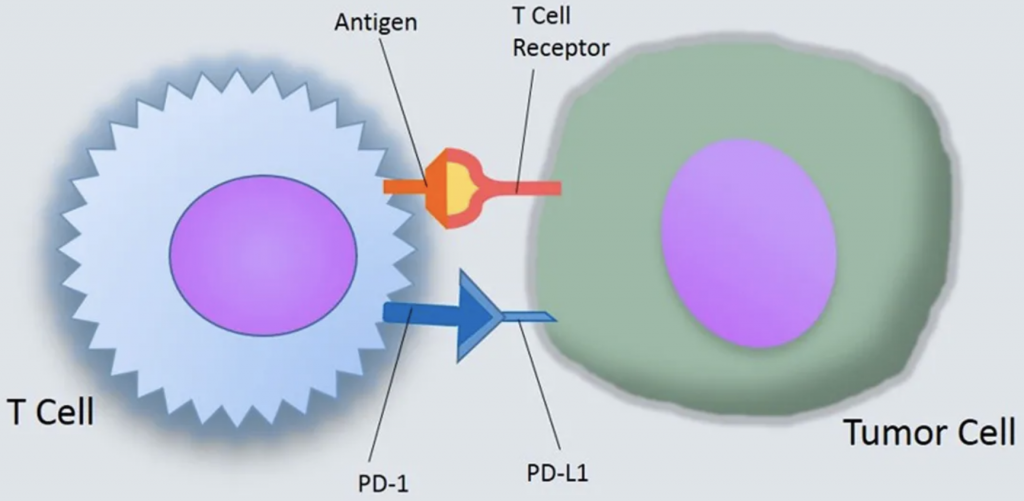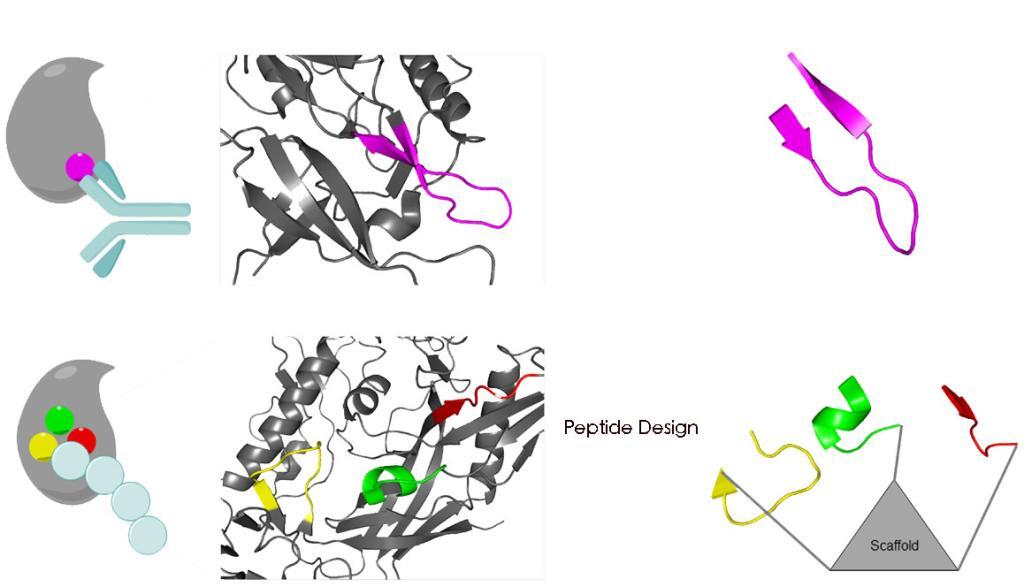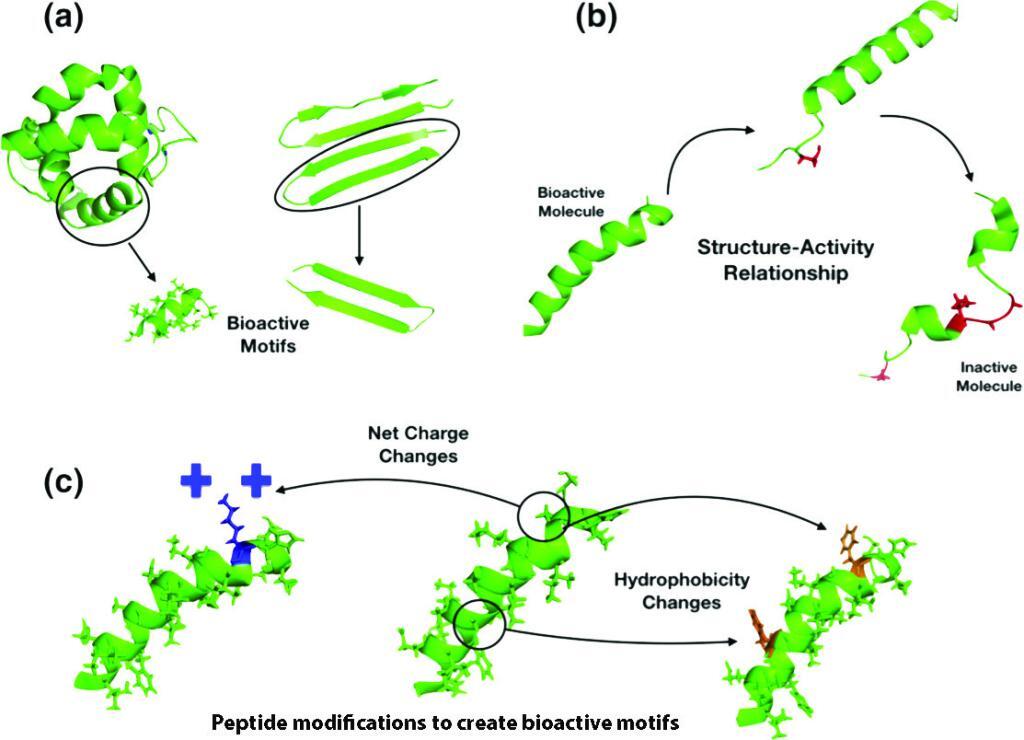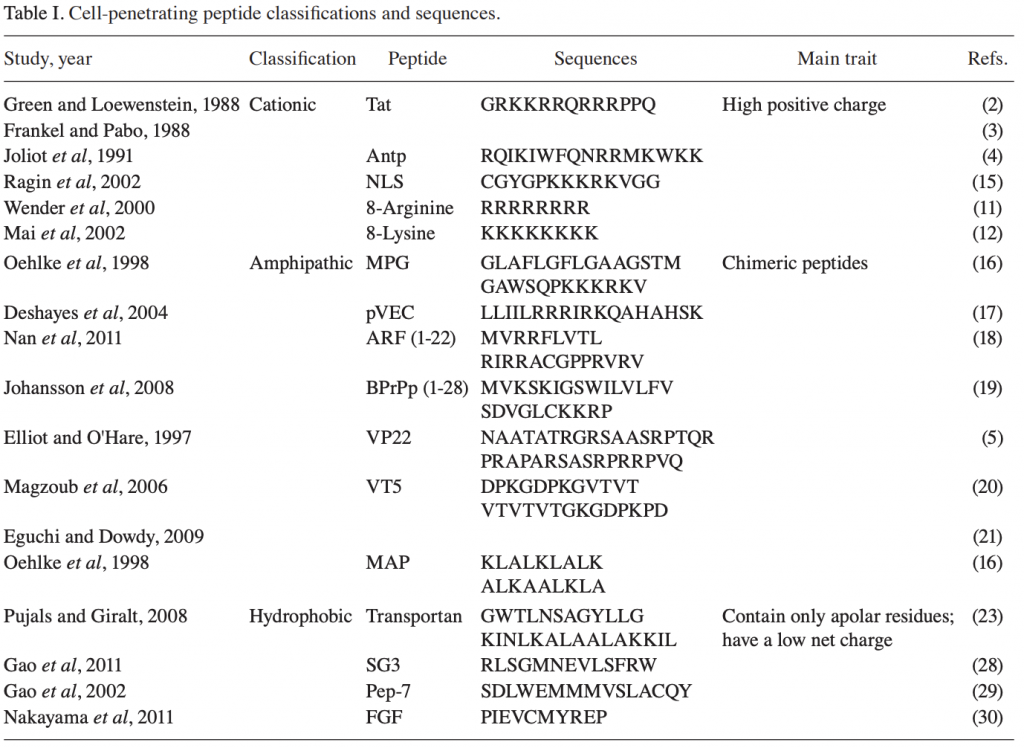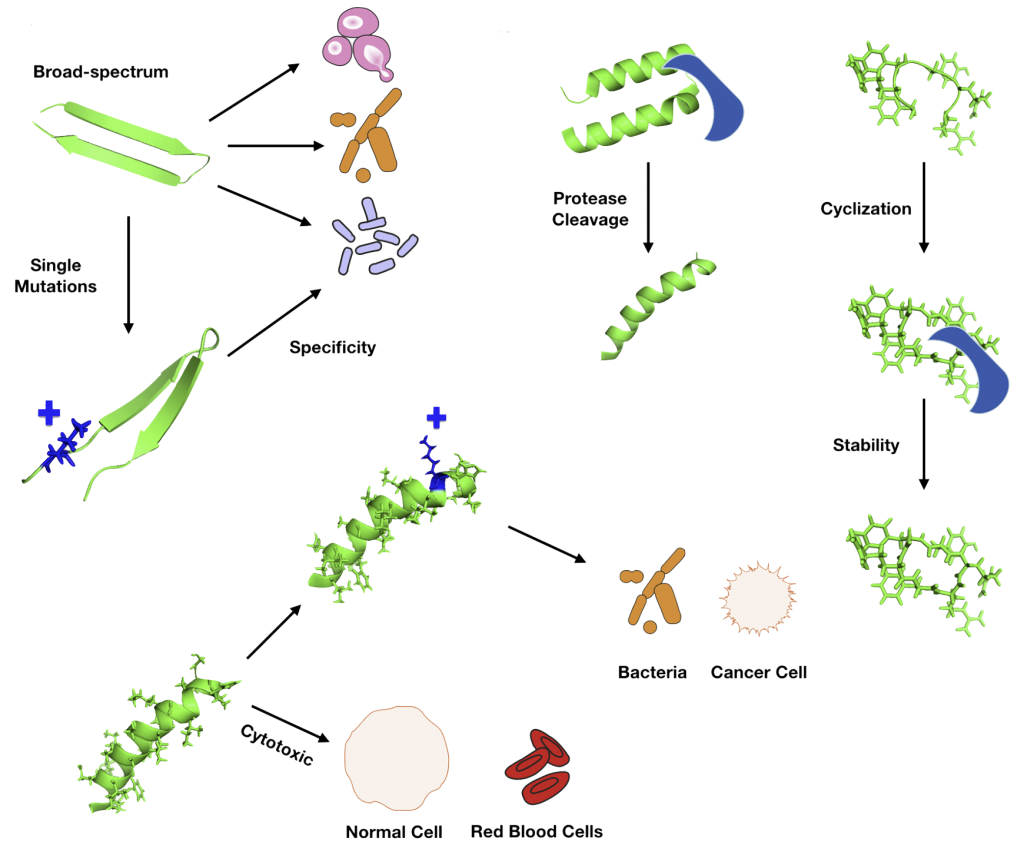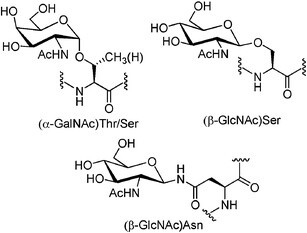
Hydrogels with a capacity to absorb and hold water within a porous, swelled structure make it a great candidate as a drug delivery system due to their broad range of physical properties as well as chemical adaptability. For example, a positively charged polypeptide (poly-l-lysine, PLL) coupling to a self-assembling dipeptide (Fmoc-FF) leads to the formation of hydrogels with rheological properties suitable for injection.
Self-Assembling Peptide Hydrogels As a Drug Delivery System
Hydrogenation via self-assembly is a hierarchical process. The hydrogels can be easily prepared via simple mixing and incorporated with various stoichiometric ratios of peptides without any additional synthetic processes. Peptides can form hydrogels by multiple non-covalent interactions. It was found that PTZ-Gly-Phe-Phe-Tyr can form gels at ultra-low concentrations of 0.01 wt.%. The π-π stacking may be another driving forces in the self-assembly to form the final hydrogel structure. The N-cadherin mimic peptide (CLRAHAVDIN) and TGF-β1 mimic peptide (CESPLKRQ) synthesized by LifeTein were used to form an injectable 3D hydrogel. Increased retention of stem cells by using an injectable hydrogel has resulted in successful tissue engineering outcomes.
Another efficient method to facilitate hydrogel formation is based on the electrostatic attraction of oppositely charged peptides. The order of amino acids is of great importance for hydrogenation. Self-assembling beta-hairpin peptides, with high arginine content, exhibited extremely good performance in killing bacteria. The peptide hydrogels also have been demonstrated to be used as wound healing agents and other therapeutic instruments under different conditions. Curcumin could be encapsulated into hairpin hydrogels as an injectable agent for localized delivery.
Our Services:
Custom Peptide Synthesis Services
Other Posts:
Smaller Ions Stabilize β-sheets
